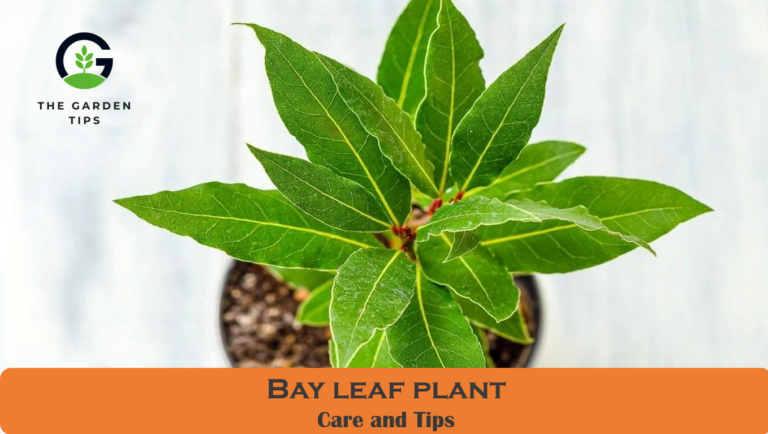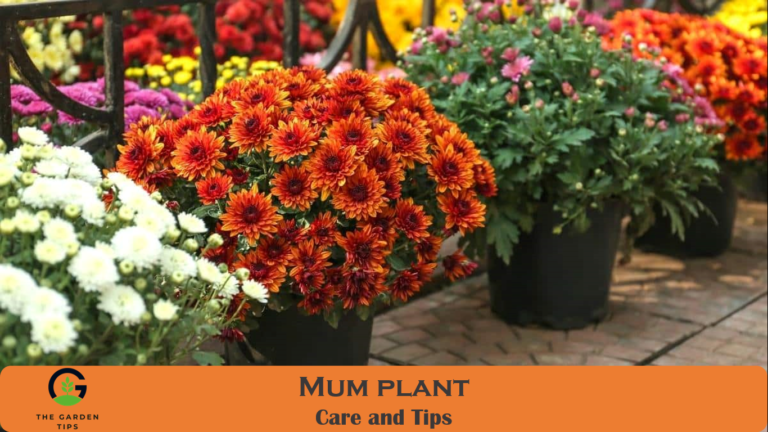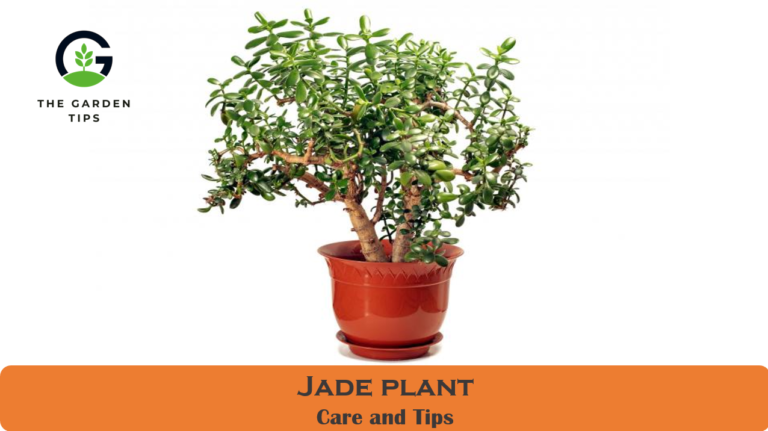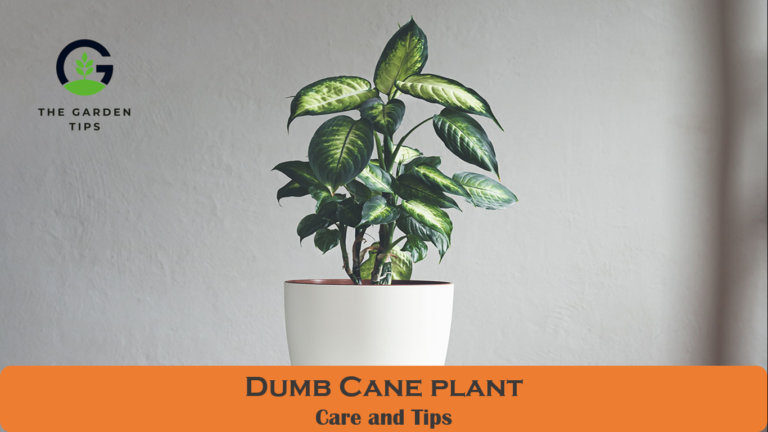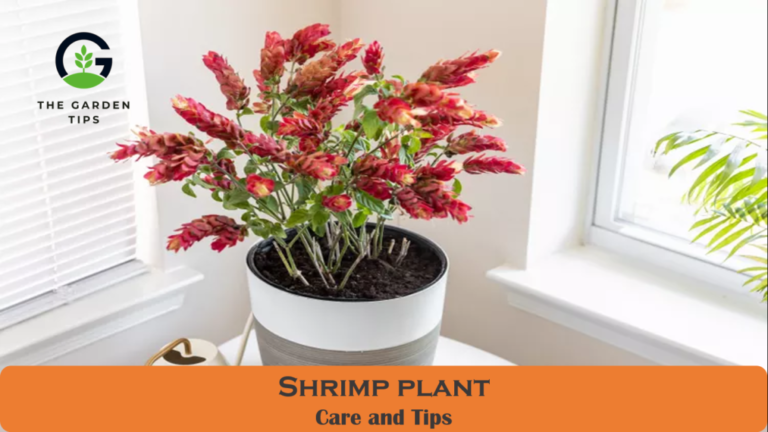If you want to add an exotic flair to your home, a wide range of palm varieties (tall palms, short palms, desert palms, and even cold-resistant palms) will thrive in different parts of the country. If you are worried about how to take care of a palm plant, then don’t take tension; this article will help you by giving you the best tips.

Palm plants are perennial from the Arecaceae family, which naturally grow in climates with high temperatures and humidity. The tropical plant commonly grows in trees, shrubs, and climbing plants and is known for its large green fronds, resembling fan-like or feather-like leaves.
How to Plant an Indoor Palm
Some indoor growers like to start plants from seed, and some would prefer to pick a young sprouted palm from a local tree nursery because it’s convenient to buy them since most groves have enough stock and choose a plant that is already looking for another place to grow. So if you want to indoor palm plantation, then follow the steps:
Grow palm through seed
When we talk about how to grow palm plants from seed, you can simply place your seeds in moist soil, cover them with an inch of compost, and wrap the pot in a plastic bag with holes. Set them aside in a warm room and wait until they sprout.
Once they’re up, move to a kitchen counter away from direct sunlight, where the sunlight is abundant, and humidity ranges between 40-60%. You can also use this handy fogger set at 75 degrees.
Remove seedlings of palm plant
After your seedling is about 2 or 3 inches high, prepare the new pot by filling it with a soilless, sterile potting mix, and make sure not to add fertilizer. Gently remove your plant from its original container, careful not to rip or damage the root ball. The base of the trunk is very sensitive during this palm repotting process.
Transplantation of palm plant
When planting a cluster of plants such as palms, choose a large container with proper drainage holes and fill it with some porous potting material mixed with soil or the mixture of topsoil matches where you will be planting these palms. But remember that repetition of potting and repotting palm plants is not considered good because of their shallow root system; the growth is adversely affected.
With a shovel or your hands (wearing gardening gloves), dig an extra-large hole for the root ball, making sure to keep the ball of roots slightly lower than the top layer of well-mixed soil. You cannot pack down the soil around a palm’s root ball too tightly, or it could suffocate individual plants underneath.
Palm plant water requirement at the time of transplantation
When transplanting a palm tree plant, it’s ideal to have water covering only two centimetres of the soil, which helps increase the establishment of the root in the soil.
How to Take Care of Palm Tree
Many people want to know how to care for a palm plant. Although palm tree plants need relatively low maintenance, they always appreciate a little care.
The best soil for palm tree plant
The best soil for palm is a porous and loose mixture, like peat moss, leaf mold, and shredded bark. Mixing the general-purpose commercial potting soil with the mix of peat moss and vermiculite can help retain moisture if you’re someone who tends to forget to water your plants
Light requirement of palm tree plant
Palm plants are so common as houseplants because they can adapt to low-light conditions easily. Most palms tolerate (or prefer) shade and may fail to thrive if they receive too much direct sunlight. The low-light species prefer bright indirect light and can tolerate less light, especially during winter.
Water requirement of palm tree
We often think that just because palms live in warm regions, they’re accustomed to being constantly waterlogged, which is a big misconception. Most palms are grown better in slightly sandy soils with ample drainage, so unless you want your plant to grow too shallow, its base or rot away from the inside out.
It’s imperative to allow for proper drainage when watering your palm trees. It depends upon your priority to invest in a terra cotta or clay pot for this type of tree if you don’t already own one, as they will help wick extra moisture from the soil.
Temperature and humidity requirement of palm tree
Cold-temperature extremities should not be a problem for palms because few types of palms will survive in fully-frozen climates. Larger varieties, such as the parlor palm and king palm tree, thrive with temperatures below 50 degrees Fahrenheit.
Palms that require warm conditions must be kept out of unheated and drafty parts of the house, such as basements and open porches. Some prefer constant warmth, so check with a horticulturist about the ideal temperature for your palm.
Fertilizer requirement of palm tree plant
Fertilizing your palm can be achieved by regularly enriching its soil with nitrogen, phosphorus, calcium, potash, and magnesium throughout the year.
However, feeding palms too much nitrogen in their diets isn’t recommended. This can lead to abnormal growth or foliage discoloration, such as yellow leaves turning green or brown spots appearing on them. When a palm tree suffers from a potassium deficiency based on leaf coloration; it produces leaves with yellowing or brown spots.
Common pests and diseases of palm tree plant
Indoor palms not getting enough potassium may show signs of deficiency, such as drooping or wilting or leaf tips curling up and turning brown. The top side of the leaves may also turn blotchy. Remember that other nutrient deficiencies can affect your indoor palm tree – a general liquid houseplant fertilizer applied once per month at the rate listed on the label should keep plants happy.
Spider mites are common pests on indoor palms, and mealybugs and scale insects can be brought in with new plants, so check your plant regularly to ensure it remains pest-free! Follow the instruction mentioned on the labels and apply them at recommended intervals for best results.
Prune palm tree plant
The temptation to trim fronds is difficult, but some species of palms draw nutrients from old fronds even after they begin to turn yellow or brown. Whether trimming a large palm for maintenance or removing browning fronds, it’s important to remember that many palm trees use nutrients in leaves for several different processes.
Over-cutting can rob a tree of valuable nutrients and weaken the plant, making it more susceptible to disease or long-term damage. In general, cut off only fully brown leaves and never cut your palm down to just one or two new fronds. And always be sure not to trim above any outreaching, heavier branches, or your tree could fall over.
Common questions about palm tree plants
How do you take care of a potted palm tree?
Water deeply and thoroughly to give your plants the best chances of survival. Container palms will need extra attention because they are in the hot sun or cold wind much more than indoor plants, drying out quickly. Sometimes, daily watering will be necessary to keep up with their demands during this time of year.
Should I cut off Brown palm leaves?
At the base of a plant, completely brown or yellow leaves should remove; these parts often serve as a reservoir for fungal diseases. Cutting and removing dead leaves should be done when the soil is moist to avoid accidentally spreading disease by disturbing healthy foliage.
Why does my indoor palm have brown tips?
Palms are very delicate and need to be handled with care. While they require a lot of water, like most plants, too much can prove harmful, especially in winter when cold water has been used to water them. Roots will not receive enough oxygen if cold tap water, which could lead to the leaves browning and falling off, known as salt burn.
Can brown leaves turn green again?
Once the brown leaves appear and start to take over, you can do nothing. However, it is still worth giving it a trim if you can get to the plant before they have taken over and brought the other leaves along with them.
Why is my palm plant turning yellow and brown?
Dry soil and low humidity can cause frond leaflets to turn yellow, followed by entire browning. Misting the leaves or fronds often helps increase the humidity.


